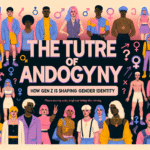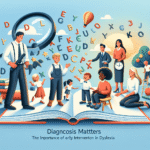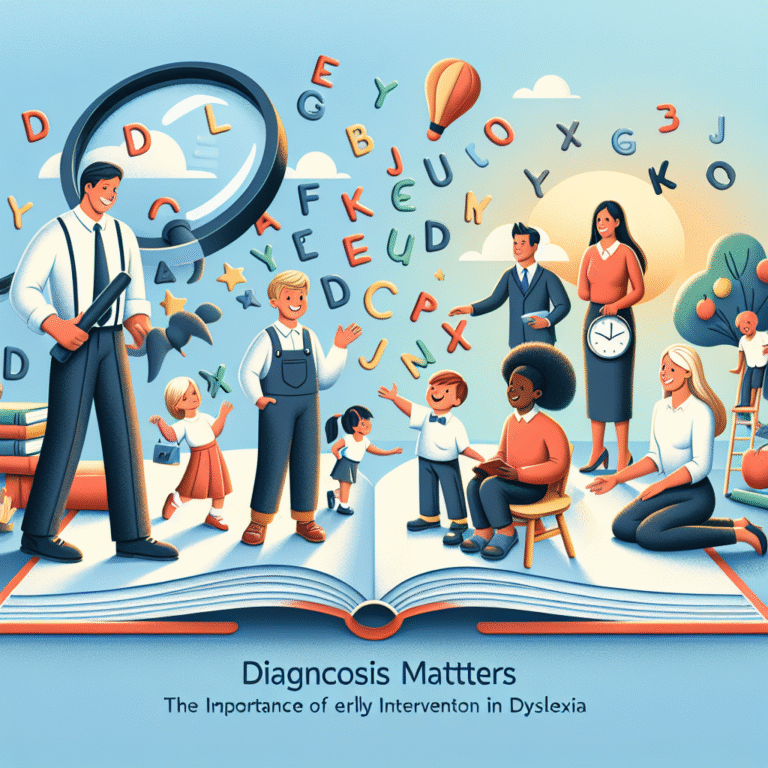
Introduction
In an age where the conversation around gender inequality is at the forefront of social justice issues, it becomes paramount to examine how systems of support, especially in rehabilitation, cater distinctively to the needs of female offenders. The need for gender-specific approaches to rehabilitation is pressing and significant, as research continues to reveal that women experience incarceration and its aftermath differently than their male counterparts. This article aims to delve deeply into the nuances of gender-specific approaches to rehabilitation: tailoring support for female offenders, highlighting how such tailored interventions can lead to more effective outcomes and ultimately reduce recidivism rates.
Understanding the Landscape of Female Offenders
The Unique Challenges Faced by Female Offenders
Women in the criminal justice system often contend with a range of issues that are not fully addressed by traditional rehabilitation approaches. These include:
Higher Prevalence of Trauma: A significant percentage of incarcerated women have histories of trauma, including domestic violence or sexual assault. This is crucial in understanding their behavior and the need for trauma-informed care.
Mental Health Issues: Women in the criminal justice system frequently face mental health challenges, exacerbated by the stigma associated with their offenses and their social circumstances.
- Parenting Responsibilities: Many female offenders are the primary caregivers for their children, complicating their rehabilitation journey and necessitating family-oriented support strategies.
Statistics and Data
Table 1 illustrates key statistics about female offenders, highlighting the differences between genders in the criminal justice system.
| Statistic | Female Offenders | Male Offenders |
|---|---|---|
| Percentage with prior trauma | 85% | 55% |
| Percentage with children | 70% | 40% |
| Rates of mental health disorders | 75% | 45% |
| Recidivism rate (3 years post-release) | 30% | 50% |
This data underscores the necessity for gender-specific approaches to rehabilitation to cater to these unique circumstances faced by female offenders.
Tailoring Support: The Core Principles of Gender-Specific Rehabilitation
Holistic Interventions
Implementing gender-specific approaches to rehabilitation means providing interventions that address the whole person. This includes not only the psychological and emotional aspects but also physical health, social support, and skills development. Programs that integrate these components have shown higher success rates in reducing recidivism.
Case Study 1: The Women’s Resource Center
The Women’s Resource Center in California has developed a program focused on holistic care that includes mental health counseling, life skills training, and peer support groups. This multifaceted approach exemplifies how tailoring support for female offenders can lead to meaningful change; the re-offense rate among program graduates has decreased by 40% over five years.
Trauma-Informed Care
Another essential aspect of gender-specific approaches to rehabilitation is the incorporation of trauma-informed care. Understanding that many female offenders have been victims of violence allows practitioners to create a safe, non-triggering environment conducive to healing.
Case Study 2: The Women’s Trauma Recovery Center
The Women’s Trauma Recovery Center in San Francisco plays a crucial role in demonstrating the effectiveness of trauma-informed models. Their approach integrates therapy with community resources, yielding a significant reduction in PTSD symptoms among participants. This case highlights the importance of trauma-informed frameworks in tailoring support for female offenders.
Supportive Housing and Employment Services
Economic stability is crucial for successful reintegration. Programs that offer transitional housing and tailored job training for women can significantly enhance the chances of successful rehabilitation.
Case Study 3: The Second Chances Program
The Second Chances Program in New York offers housing assistance combined with vocational training specifically for women exiting the prison system. Participants have reported a 60% employment rate six months post-release, showcasing that stable housing and job skills are pivotal in reducing recidivism.
Building Community Connections
Family Engagement
Supporting familial relationships is vital in the rehabilitation of female offenders. By involving families in the rehabilitation process, programs can foster a supportive network that aids in reintegration.
Community-Based Programs
Community involvement is another critical area in the development of gender-specific rehabilitation strategies. Programs that facilitate community engagement and support networks provide a safe space for women to rebuild their lives.
Case Study 4: A New Way of Life
A New Way of Life in Los Angeles offers a community-based approach that focuses on mentoring and peer support for women re-entering society. The program involves families and encourages community interaction, resulting in an impressive 87% success rate in preventing re-offense among participants.
Peer Support Networks
Establishing peer support systems helps women feel less isolated in their experiences. Programs based on mutual support have proven especially effective.
Case Study 5: The Women’s Community Center
Located in Chicago, the Women’s Community Center emphasizes peer support as a path to empowerment. Program participants have reported feeling more connected and less stigmatized, contributing to significant decreases in feelings of isolation—a common issue among female offenders.
Policy Implications and Future Directions
Advocacy for Gender-Specific Policies
To foster a more inclusive and supportive system for female offenders, it is essential to advocate for policies that recognize their specific needs. Lawmakers and stakeholders should prioritize funding for gender-specific programs and support evidence-based reforms that improve women’s rehabilitation chances.
Training Justice System Personnel
Training for those working in the justice system, from police officers to correctional staff, must emphasize the unique needs of women. This can help create a more supportive environment conducive to recovery and rehabilitation.
Conclusion
In summary, gender-specific approaches to rehabilitation: tailoring support for female offenders is not just a compassionate choice; it’s a strategic necessity for reducing recidivism and improving lives. As we acknowledge the unique challenges and needs that female offenders face, the implementation of tailored programs becomes an imperative. The case studies presented illustrate the significant impact of nuancing rehabilitation strategies to address the realities of women’s lives.
As we move forward, it is crucial to inspire change, champion innovative programs, and advocate for policies that recognize and respond to the distinct needs of female offenders. By doing so, we not only reform lives but also contribute to a more just and equitable society.
FAQs
1. Why do female offenders need specialized programs?
Female offenders often face unique challenges, including high rates of trauma and mental health issues. Specialized programs address these specific needs.
2. How do trauma-informed practices improve rehabilitation?
Trauma-informed practices create a safe environment, enabling women to address past traumas that can affect their behavior and decisions, thus improving their chances of successful rehabilitation.
3. What role does family play in the rehabilitation of female offenders?
Family involvement can provide emotional support and stability, which are crucial for successful reintegration into society.
4. Are gender-specific rehabilitation programs effective?
Yes, evidence shows that tailored programs lead to lower recidivism rates among female offenders compared to generic programs.
5. How can individuals support gender-specific rehabilitation efforts?
Individuals can support by raising awareness, advocating for funding, volunteering with organizations, or mentoring women in recovery.
This article has explored the intricate aspects of gender-specific approaches to rehabilitation: tailoring support for female offenders. As we pave the way for specialized solutions, we embrace the broader vision of a justice system that genuinely supports rehabilitation and community reintegration.

















